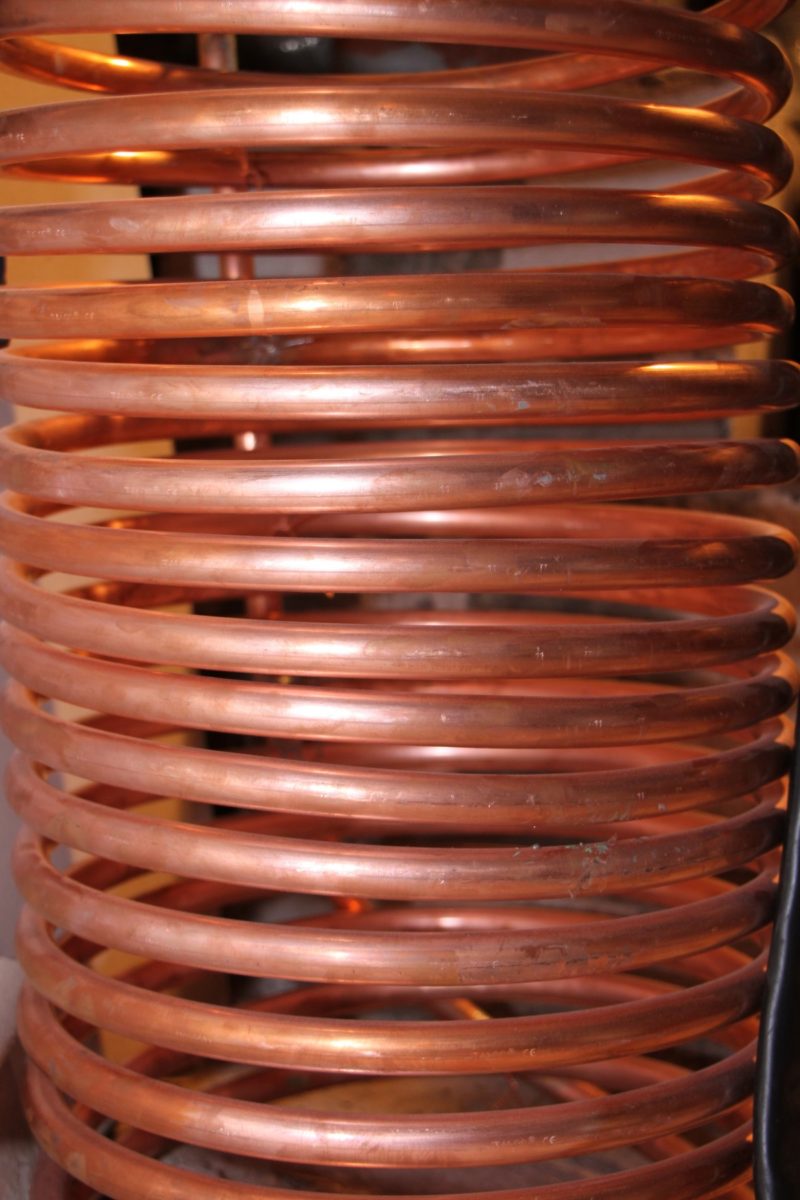What is induction heater? It is utilized for commercial and domestic cooking and in most applications like soldering, preheating for welding, heat treating, shrink fitting, melting, brazing, sealing, curing, and research and development. It has a design that is intrinsic and safe in the process.
It does not need an external heat source and a particular safety precaution. Plus, it does not consume oxygen from the environment and does not emit fumes.
Induction heating classifies itself as all-electric, which makes it a deterministic process. The heat moves to the cooking pot and down to the glass because of conduction. It is the same as a pan that transfers heat in the countertop after setting it to rest. The heating stops after you remove the pot. To learn more about what this device is, read on further.
What About Induction Heating?
Induction heating remains a valuable process for electric, conductive, and heating material like metal. It changes the physical properties with no material that gets in contact with an inductor. The electric currents that circulate induce heat to a conductive material. It places correctly in the magnetic field. The metals pass the heating process, first continuing the high temperatures. It goes through the pressing and hammering, which is the induction forging. In this case, the induction heater is useful for heating. Many industrial processes require manufacturers as they alter metals utilized in induction heating. The metals are good conductors that can become hard or soft. They also bond with materials such as induction heating.
The material places the power supplies in the induction heating process at a distant beginning. Then, the material immerses into gasses and liquids and stays still in the vacuum, but residual combustion emissions do not occur. The heating of metals does not involve any smoke and flames. The process, thus, provides a regulated, enhanced, and consistent rate of heat transfer in the system. That brings about a reduction in heat loss. Induction heating holds the essence in all avoiding direct flame, achieving high-quality and better results, and achieving durability.
What Are The Components Of An Induction Heater
The usual induction heater comes with an induction work coil, electric oscillator, electromagnet, and power supply. The power supply source provides an alternating current back to the work coil.
How Does The Induction Heater Work?
The material positions and heats up through the coil. The work coil cools up with water and does not get in touch with a heated material. The power supply helps convert direct power in the alternating current. The electronic oscillator emits the alternating current in high frequency down to the electromagnet. The coil gets an alternating field of magnetism. The magnetic field sets up the conductor or moves into the material for heating. The electric current is the eddy current produced through the conductor. It then heats the conductor with the circulation and flow of the eddy currents and with the material resistance. This process is what you call Joule heating. The ferromagnetic metals such as iron heat up with the losses in magnetic hysteresis.
The initial high frequency in the electric current differs based on material type heated, the depth level for heating, the type of connection between the conductor and coil, and the object size. The materials heated include non-conductors, semiconductors, and metals. Plastic and glass are non-conductors. Induction is essential when you heat material with low or without conductivity. For one, induction is the first utilized in heating another conductor like Graphite as this transfers the heat to a non-conductive material.
Induction heating serves its purpose in many processes, helpful with the need for a shallow temperature. It is also suitable for temperatures of approximately 3000 degrees Celsius. It depends upon the specifications and procedures. The heating process can take months or just a fraction of a second to finish.
What Are The Factors That Affect Induction Heating
It is the resistivity wherein the rate the metal heats up relies on. It emits more heat with low resistance and higher resistivity while the current passes. But with low resistivity, causes the metal to emit less heat. The ferrous metals have a higher resistivity and are most suitable for induction heating. The induction heat increases the temperature of aluminum and copper only at a slower rate. The heated metal generates on the initial current of the coil, several turns in the loop, and frequency in the power supply.
That also includes the coupling between the material and the coil, and the material’s electrical resistivity. The correct positioning and connection of the system make the induction better controlled and smoother. The induction heater doesn’t heat up during the process and after that. So, by now, you know what is induction heater is for sure.
What Are Its Applications?
Induction heating is helpful in households like on the cooking stove. It has several industrial and induction applications like research and design, welding parts, drying objects, forging, sealing, melting, and brazing. You may also want to read about how to clean your baseboard heater.
It’s A Wrap!
Now you’ve learned what is induction heater. It is helpful in your house, especially for cooking stoves. It has impressive uses in many industries, too. It comes with essential components like an induction work coil, electric oscillator, electromagnet, and power supply. Plus, it has the benefits to offer the moment you utilize it properly. You may want to read related articles; know why won’t my heater turn on and how to warm up a room without a heater.

